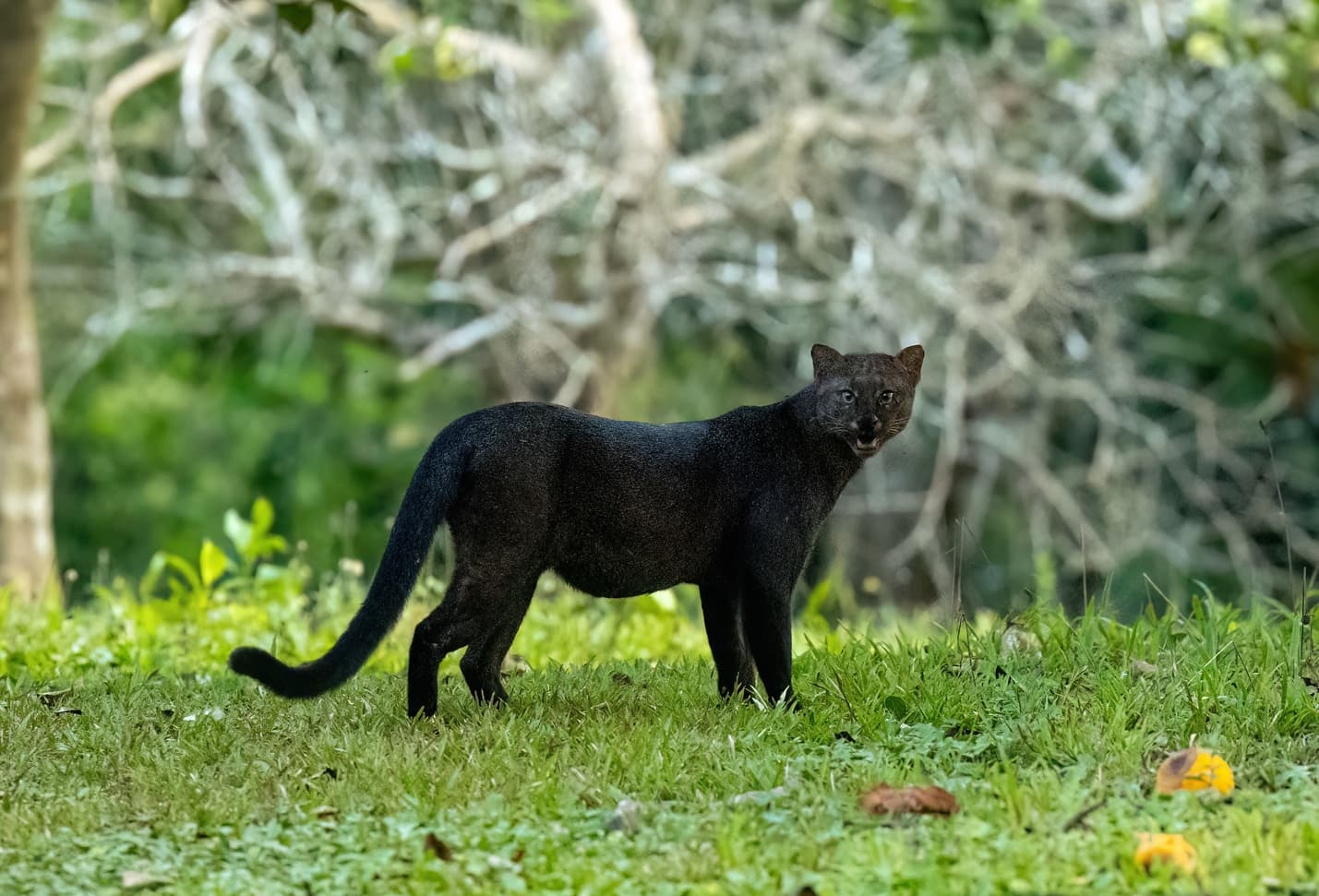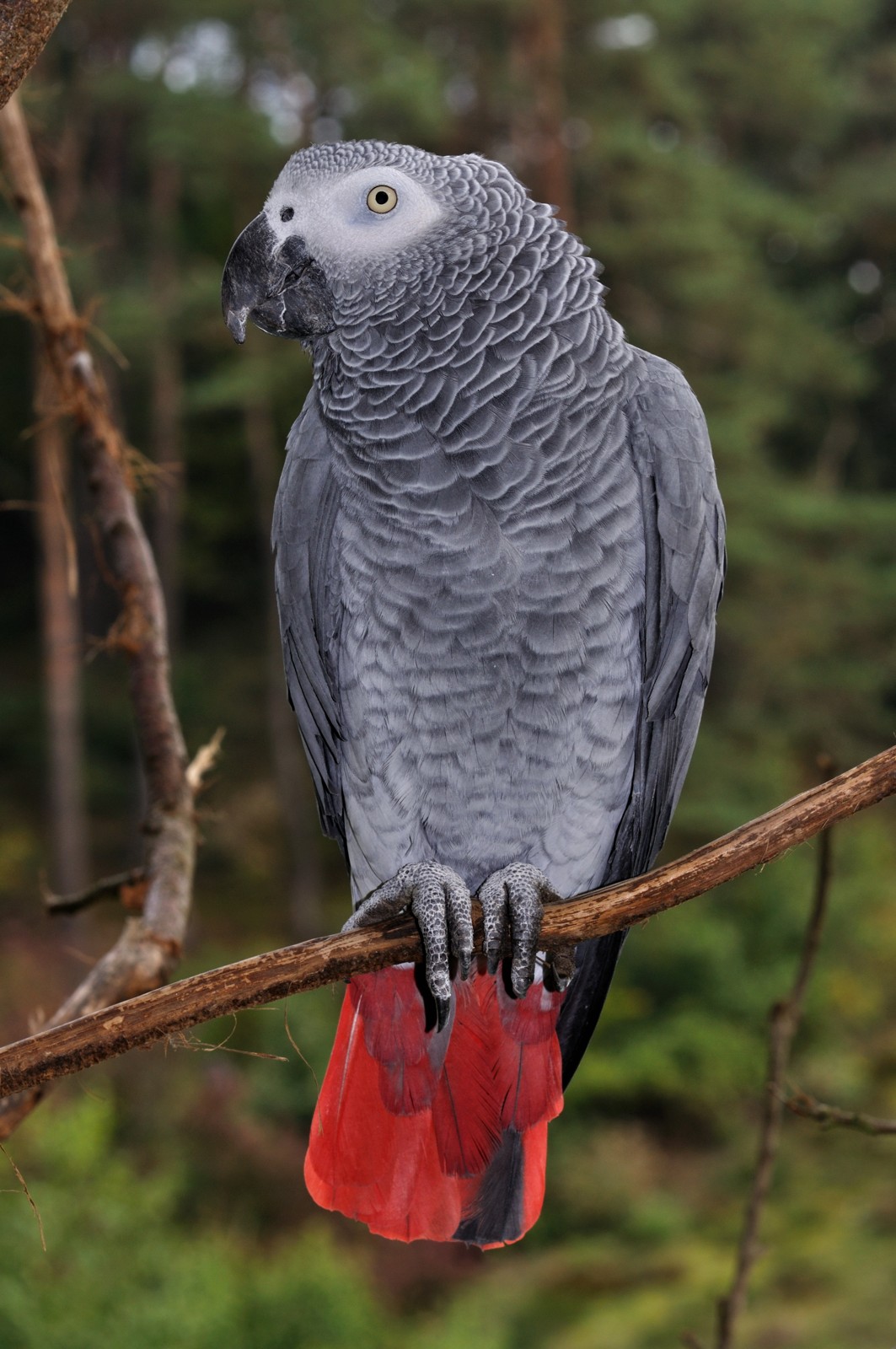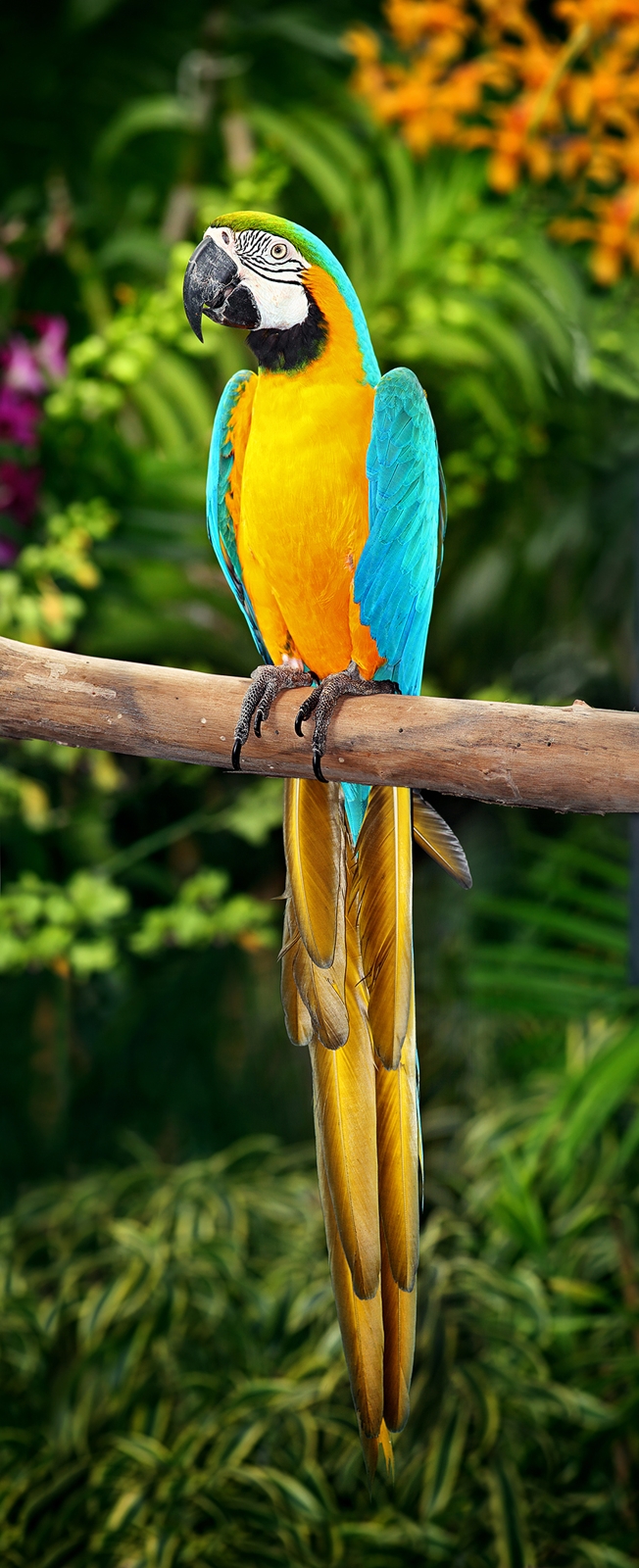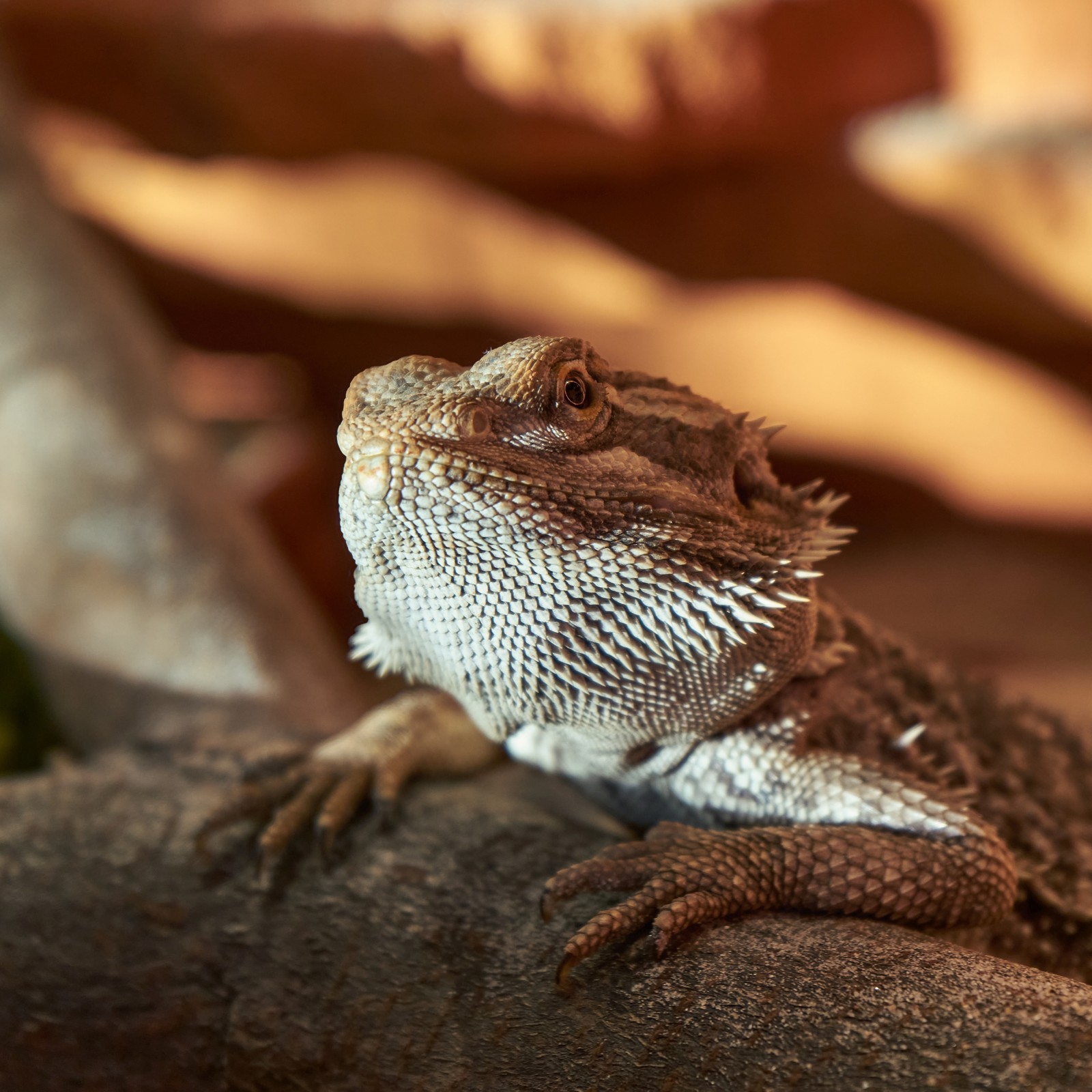Housefly vs Fruit Fly: A Complete Comparison
In the battle of housefly vs fruit fly, size marks the most obvious distinction. The common housefly (Musca domestica) measures 6-7mm in length, while fruit flies (Drosophila melanogaster) reach only 3-4mm. Despite sharing our living spaces, these insects serve dramatically different roles in both household nuisance and scientific research.
While houseflies pose significant health risks by carrying over 100 pathogens, fruit flies have become invaluable laboratory specimens, contributing to numerous Nobel Prize-winning genetic studies. Their distinct characteristics and behaviors make them fascinating subjects for comparison.
Visual Comparison
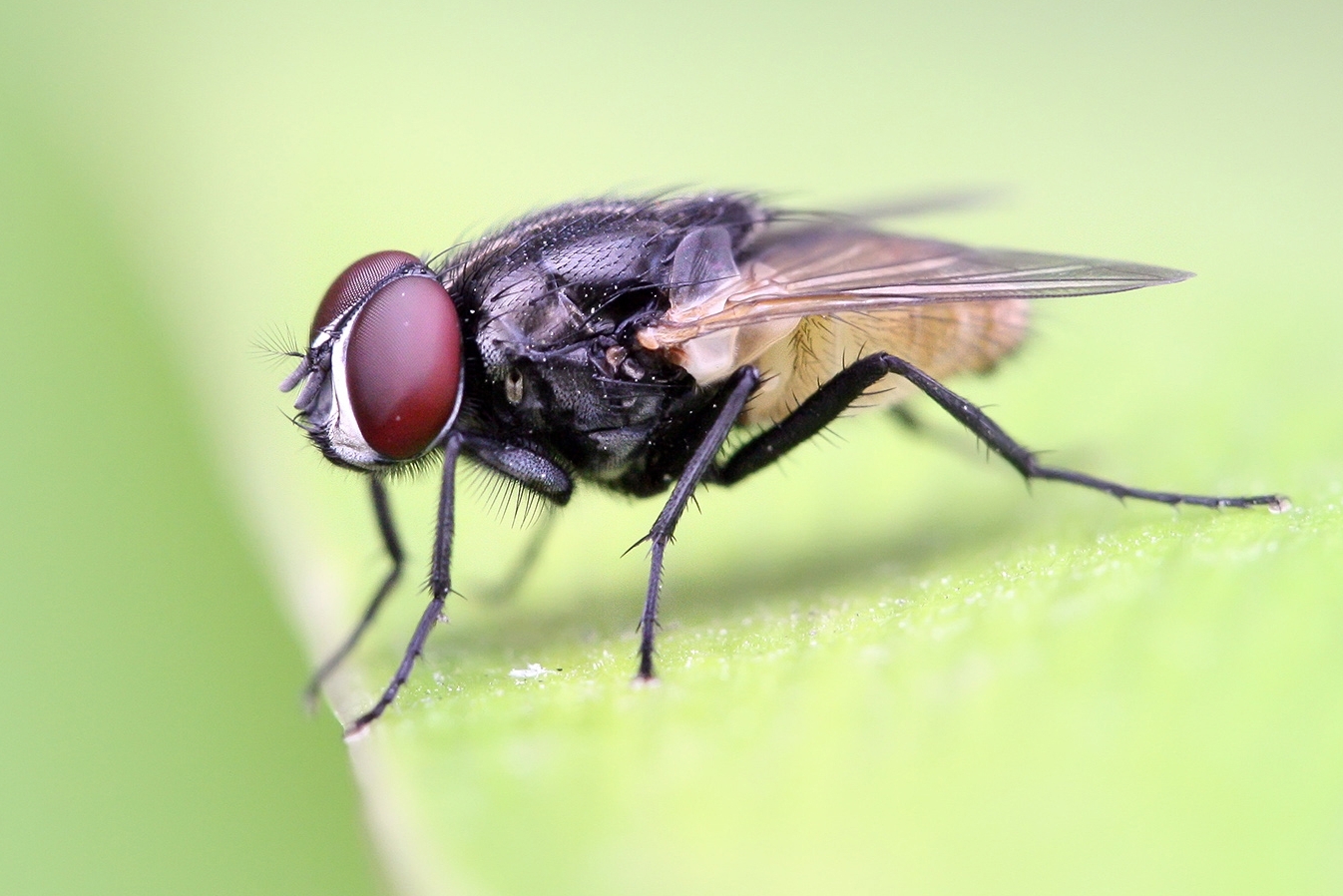
© Muhammad Mahdi Karim / GFDL 1.2
The common housefly displays its characteristic metallic gray coloring and prominent compound eyes. Note the robust body structure and distinctive wing pattern that enables its agile flight capabilities.
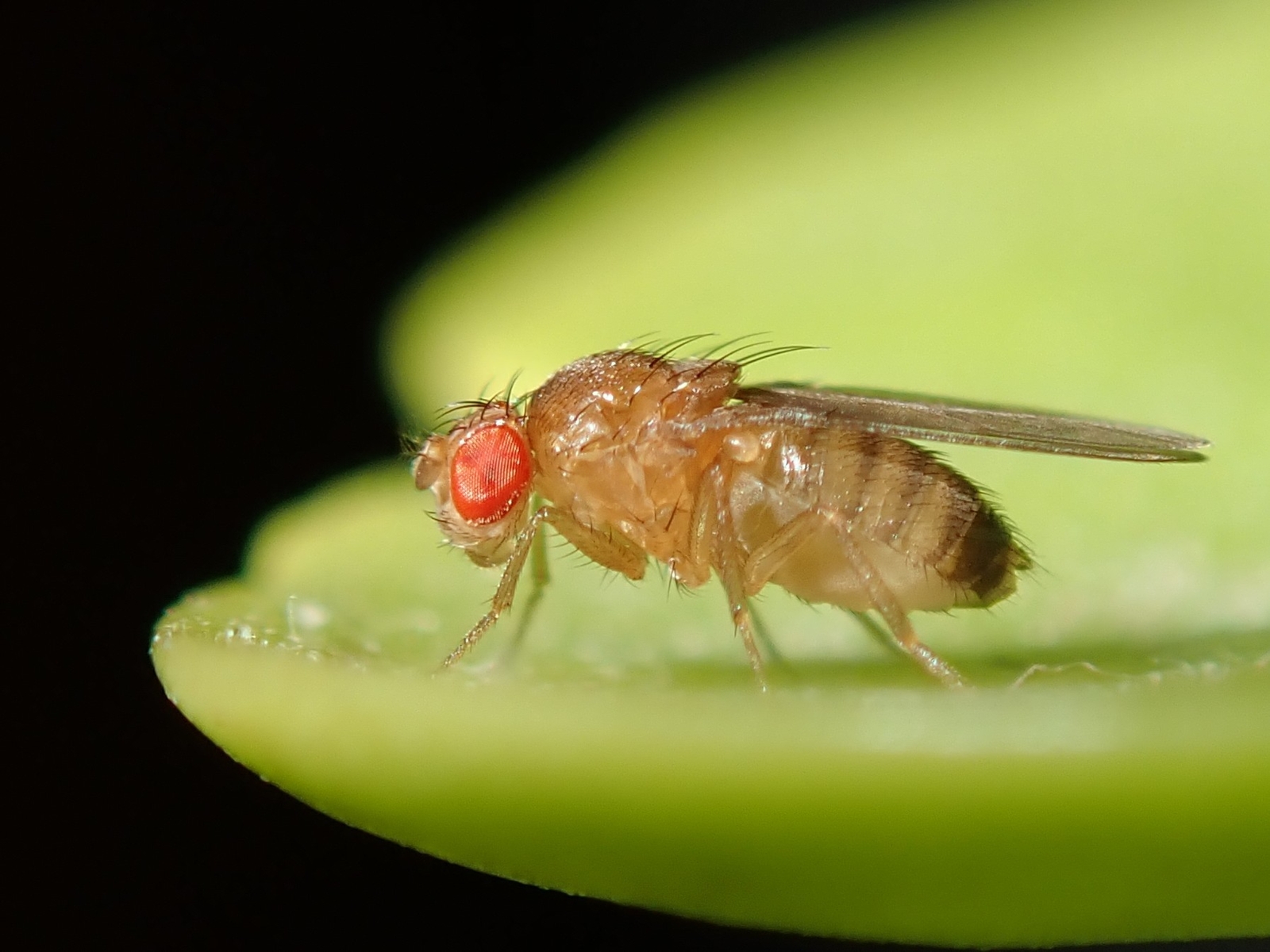
© Alexis / CC BY 4.0
The fruit fly exhibits its smaller, tan-colored body and characteristic red eyes. These features, combined with its rapid reproduction rate, make it ideal for genetic research.
Key Differences: Housefly vs Fruit Fly
| Feature | Housefly | Fruit Fly |
|---|---|---|
| Size | 6-7mm (0.24-0.28in) | 3-4mm (0.12-0.16in) |
| Lifespan | 15-25 days | 40-50 days |
| Color | Metallic gray/black | Tan/light brown |
| Wing Span | 13-15mm (0.51-0.59in) | 6-7mm (0.24-0.28in) |
| Breeding Sites | Garbage, manure | Fermenting fruit, vegetables |
| Generation Time | 7-10 days | 8-14 days |
Habitat and Behavior
Houseflies thrive in human environments worldwide, frequently found around garbage, animal waste, and food preparation areas. Their excellent flight capabilities allow them to cover distances up to 5 miles (8 kilometers). In contrast, fruit flies concentrate around ripening fruit and vegetables, rarely venturing far from their food source.
Life Cycle Comparison
The reproductive cycles of these insects show marked differences. Houseflies complete their life cycle (egg to adult) in 7-10 days under optimal conditions, laying up to 500 eggs in multiple batches. Fruit flies develop more slowly, requiring 8-14 days, but can produce up to 2,000 eggs during their longer lifespan.
Scientific Significance
While houseflies primarily interest researchers studying disease transmission and pest control, fruit flies have revolutionized genetic research. Their simple genome, rapid reproduction, and easily observable mutations have made them the most studied insect species in scientific history.
Control Methods
Housefly Control
- Physical barriers (screens)
- Sanitation practices
- Chemical insecticides
- Biological control agents
Fruit Fly Control
- Remove overripe fruit
- Apple cider vinegar traps
- Natural predators
- Commercial fruit fly traps
Health Impact
Houseflies pose significant health risks, capable of transmitting diseases like salmonella, E. coli, and cholera. Fruit flies, while annoying, rarely carry human pathogens but can contaminate food with bacteria from their feet.
Who Would Win in a Fight?
In a theoretical confrontation, the housefly’s larger size and superior flight capabilities would give it a clear advantage. With twice the body mass and stronger flight muscles, a housefly could easily outmaneuver its smaller cousin. However, such encounters rarely occur in nature as these species occupy different ecological niches.
Conservation Status
Neither species faces extinction risks due to their successful adaptation to human environments. However, both play important roles in ecosystem processes like decomposition and pollination, contributing to natural nutrient cycling.


